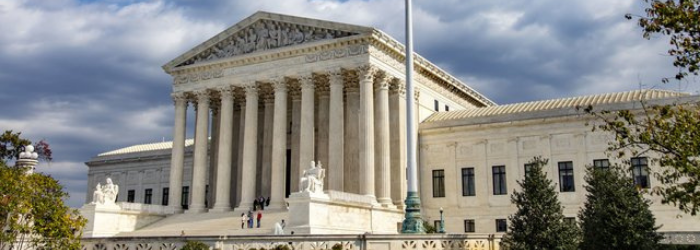“We are under a Constitution, but the Constitution is what the judges say it is, and the judiciary is the safeguard of our liberty and of our property under the Constitution.”
– Chief Justice Charles Evans Hughes
In Pioneer’s ongoing series of blogs here, here, here, and here on curricular resources for parents, families, and teachers during COVID-19, this one focuses on:
Celebrating the U.S. Supreme Court.
“It is emphatically the province and duty of the judicial department,” Chief John Marshall wrote in Marbury v. Madison, “to say what the law is.” The U.S. Supreme Court wasn’t always the powerhouse it is today. In Federalist #78, Alexander Hamilton wrote that the Judiciary threatens the rights included in the Constitution less than the Legislative or the Executive branches do. The Supreme Court didn’t even decide a case until two years after its founding. During the entire tenure of its first chief justice, John Jay, the court only heard four cases.
But things changed dramatically in 1801 when President John Adams appointed John Marshall the chief justice, who established the Judiciary as a co-equal branch of government. During his 34 years as chief justice, the Marshall Court rendered more than 1,000 decisions, 519 of which Marshall wrote himself. Among these famous Marshall Court decisions Marbury v. Madison (1803), Fletcher v. Peck (1810), and McCulloch v. Maryland (1819) were ones establishing the principle of judicial review of presidential and congressional actions and the doctrine of federal supremacy.
By the 20th century, it was the U.S. Supreme Court that put an end to state-sponsored segregation. In a unanimous Brown v. Board of Education (1954) decision, the Court ruled that “separate educational facilities are inherently unequal.” The Bush v. Gore (2000) case best demonstrated the court’s expanding powers. In a 5-4 ruling, the vote of a single justice essentially determined who would be the president for more than 280 million people.
Despite the U.S. Supreme Court’s vast power, average Americans and schoolchildren alike know far less about its workings than they do about the president or Congress. The troubled state of K-12 U.S. history and civics education only exacerbates the problem. To remedy this, we’re offering a variety of resources (including our recent segment of The Learning Curve podcast) to help parents, teachers, high schoolers, and even college students:
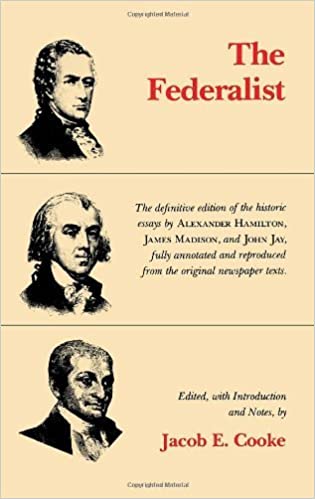
The Federalist, by Hamilton, Madison, and & Jay, edited by Jacob E. Cooke
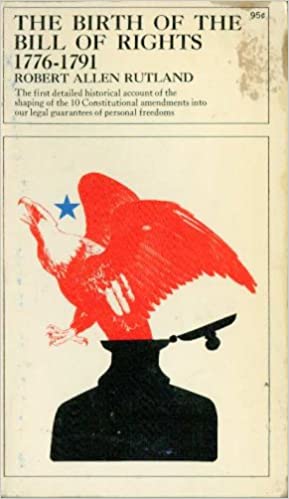
The Birth Of The Bill Of Rights, 1776-1791, by Robert Allen Rutland

Framed for Posterity: The Enduring Philosophy of the Constitution, by Ralph Ketcham
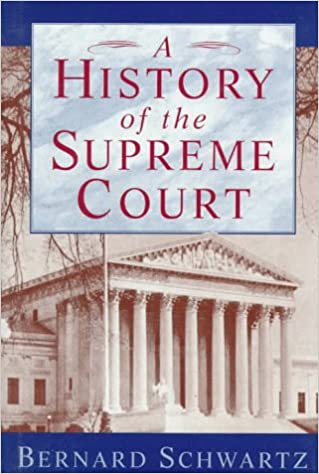
A History of the Supreme Court, by Bernard Schwartz
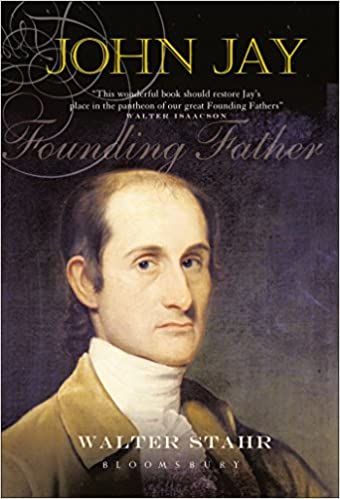
John Jay: Founding Father, by Walter Stahr

The Great Chief Justice: John Marshall and the Rule of Law, by Charles F. Hobson
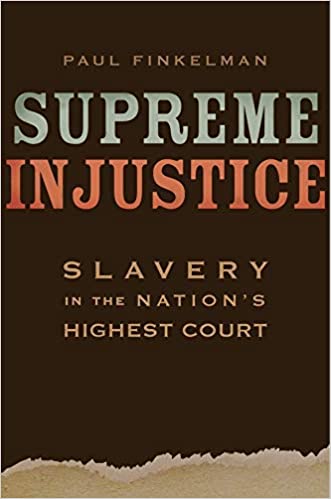
Supreme Injustice: Slavery in the Nation’s Highest Court, by Paul Finkelman
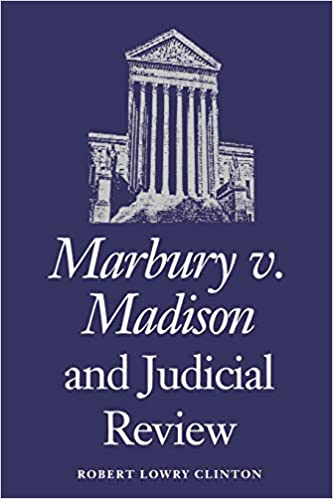
Marbury v. Madison and Judicial Review, by Robert Lowry Clinton
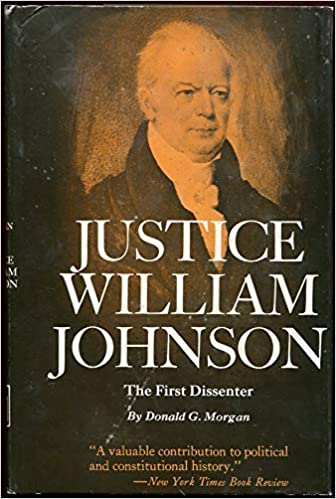
Justice William Johnson, the First Dissenter: The Career and Constitutional Philosophy of a Jeffersonian Judge, by Donald G. Morgan
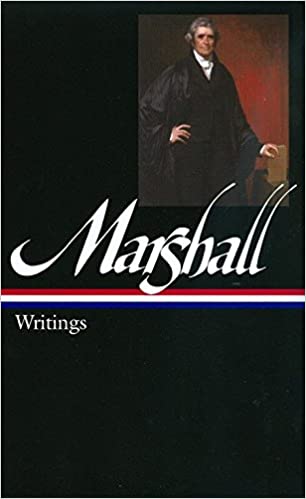
John Marshall: Writings (Library of America Founders Collection), by John Marshall (Author) and Charles Hobson (Editor)
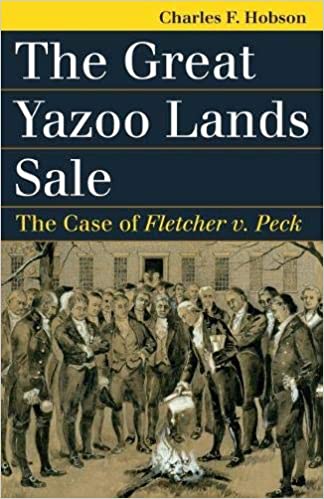
The Great Yazoo Lands Sale: The Case of Fletcher v. Peck (Landmark Law Cases & American Society), by Charles F. Hobson
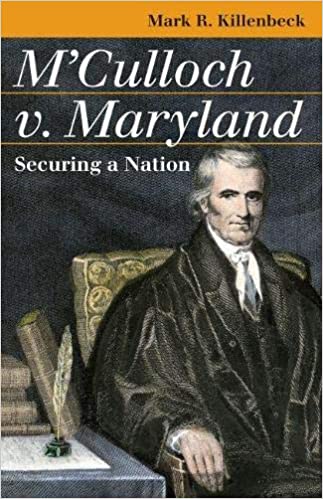
M’Culloch v. Maryland: Securing a Nation (Landmark Law Cases & American Society), by Mark R. Killenbeck
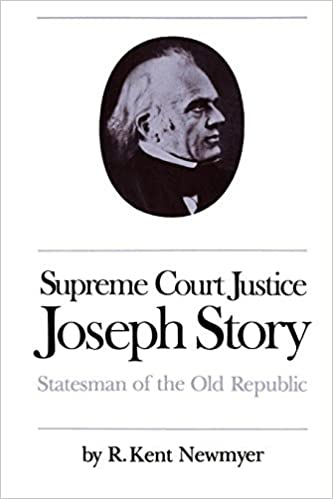
Supreme Court Justice Joseph Story: Statesman of the Old Republic, by R. Kent Newmyer
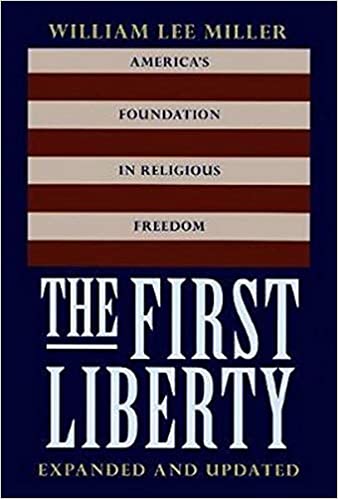
The First Liberty: America’s Foundation in Religious Freedom, by William Lee Miller
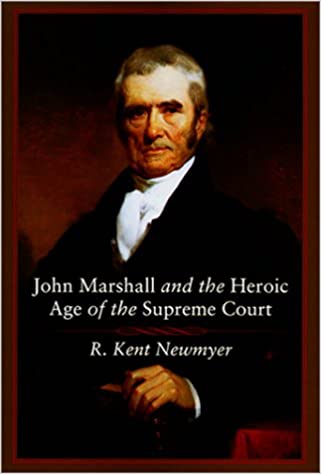
John Marshall and the Heroic Age of the Supreme Court, by R. Kent Newmyer
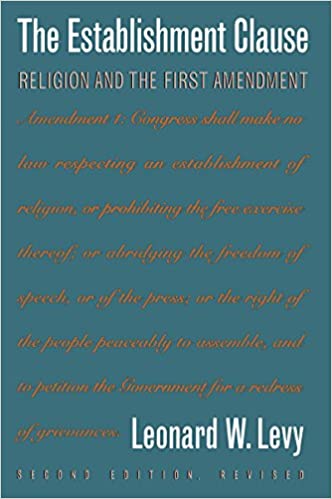
The Establishment Clause: Religion and the First Amendment, by Leonard W. Levy
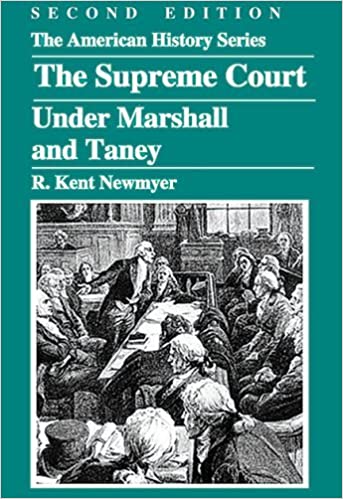
The Supreme Court Under Marshall And Taney, by R. Kent Newmyer
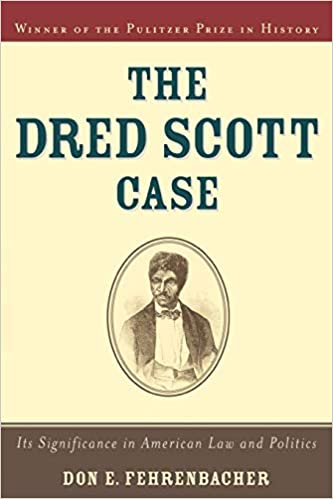
The Dred Scott Case: Its Significance in American Law and Politics, by Don E. Fehrenbacher
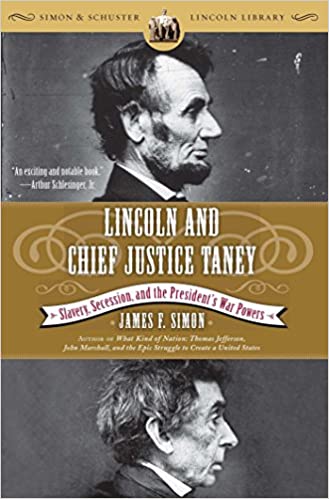
Lincoln and Chief Justice Taney: Slavery, Secession, and the President’s War Powers, by James F. Simon
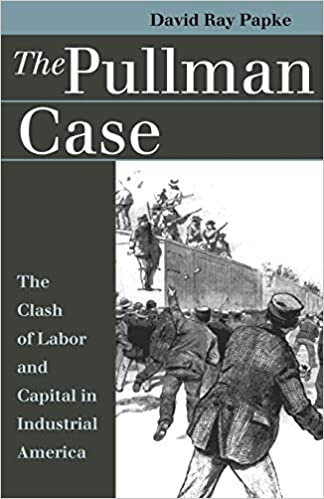
The Pullman Case: The Clash of Labor and Capital in Industrial America (Landmark Law Cases & American Society), by David Ray Papke

Separate: The Story of Plessy v. Ferguson, and America’s Journey from Slavery to Segregation, by Steve Luxenberg

The Essential Holmes: Selections from the Letters, Speeches, Judicial Opinions, and Other Writings of Oliver Wendell Holmes, Jr., by Oliver Wendell Holmes (Author), Richard A. Posner (Editor)
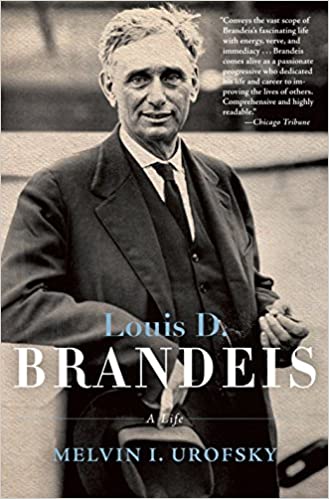
Louis D. Brandeis: A Life, by Melvin I. Urofsky
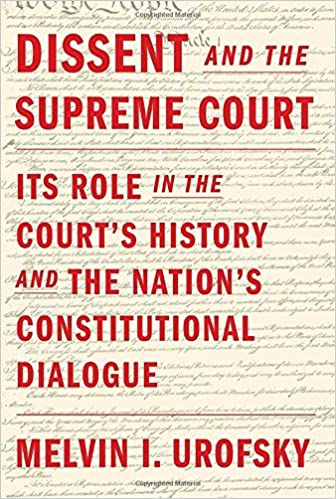
Dissent and the Supreme Court: Its Role in the Court’s History and the Nation’s Constitutional Dialogue, by Melvin I. Urofsky
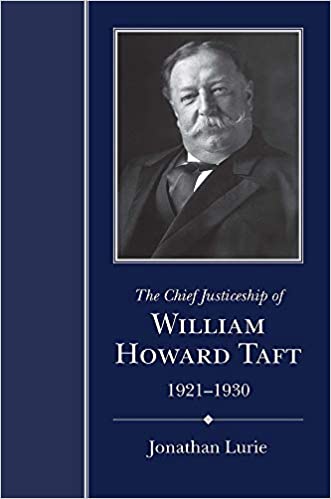
The Chief Justiceship of William Howard Taft, 1921-1930 (Chief Justiceships of the United States Supreme Court), by Jonathan Lurie

The Supreme Court of the United States: Its Foundation, Methods and Achievements, by Charles Evans Hughes

The Chief Justiceship of Charles Evans Hughes, 1930-1941 (Chief Justiceships of the United States Supreme Court), by William G. Ross
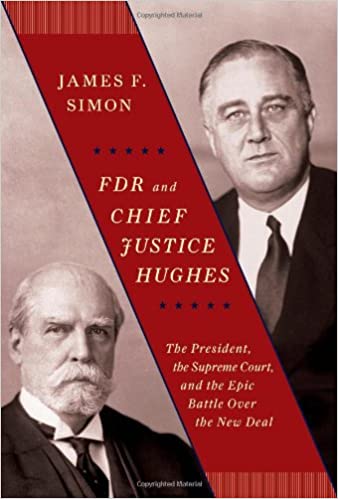
FDR and Chief Justice Hughes: The President, the Supreme Court, and the Epic Battle Over the New Deal, by James F. Simon
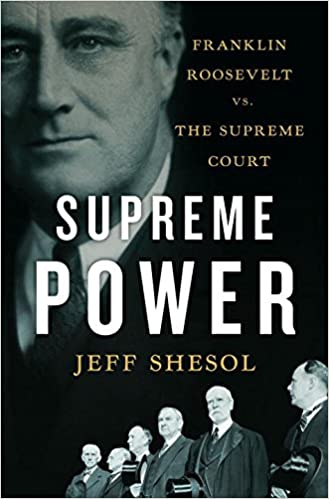
Supreme Power: Franklin Roosevelt vs. the Supreme Court, by Jeff Shesol
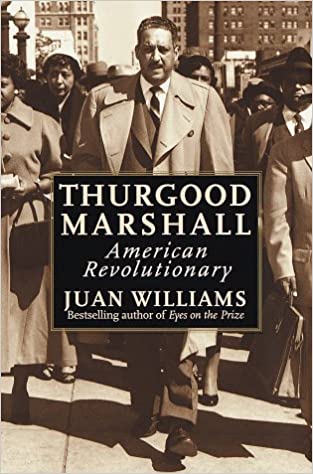
Thurgood Marshall: American Revolutionary, by Juan Williams
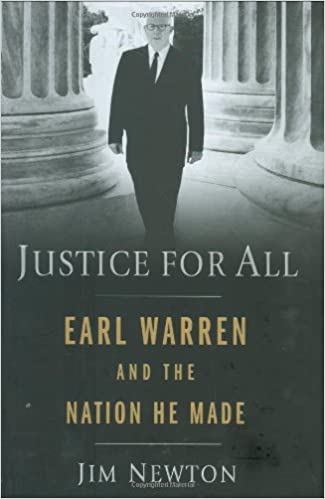
Justice for All: Earl Warren and the Nation He Made, by Jim Newton
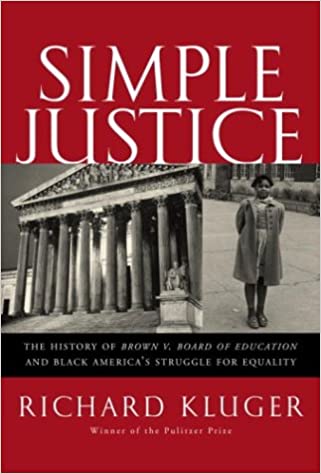
Simple Justice: The History of Brown v. Board of Education and Black America’s Struggle for Equality, by Richard Kluger

The Chief Justiceship of Warren Burger, 1969-1986 (Chief Justiceships of the United States Supreme Court), by Earl M. Maltz
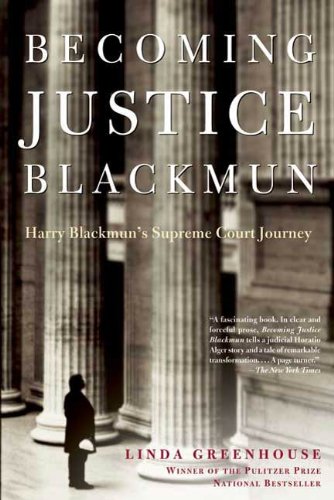
Becoming Justice Blackmun: Harry Blackmun’s Supreme Court Journey, by Linda Greenhouse
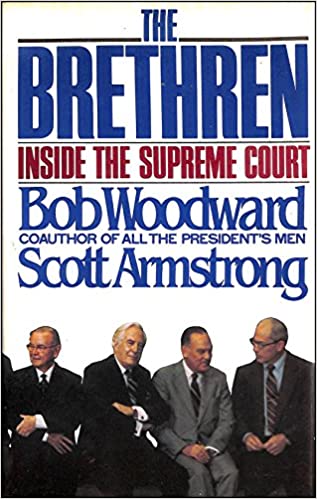
The Brethren: Inside the Supreme Court, by Bob Woodward and Scott Armstrong
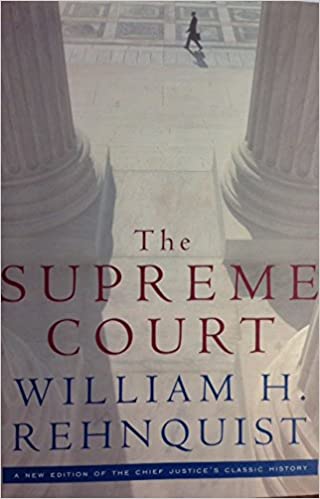
The Supreme Court, A New Edition of the Chief Justice’s Classic History, by William H. Rehnquist
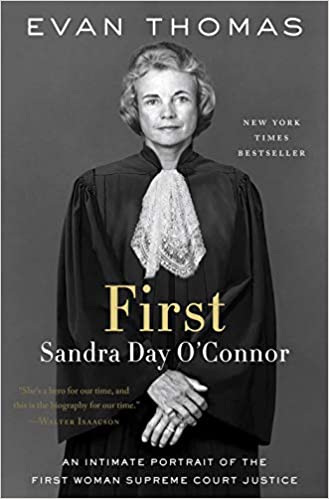
First: Sandra Day O’Connor, by Evan Thomas
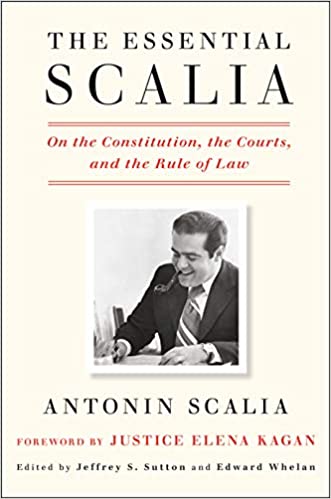
The Essential Scalia: On the Constitution, the Courts, and the Rule of Law, by Antonin Scalia (Author), Jeffrey S. Sutton (Editor)

Bush v. Gore: The Court Cases and the Commentary, by E.J. Dionne (Editor), William Kristol (Editor)
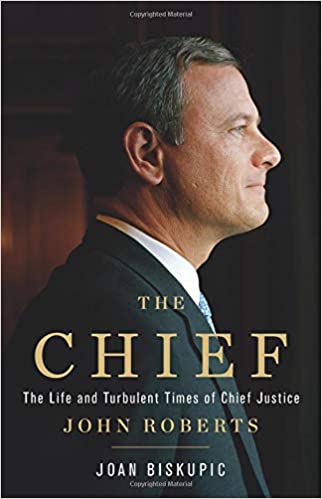
The Chief: The Life and Turbulent Times of Chief Justice John Roberts, by Joan Biskupic


